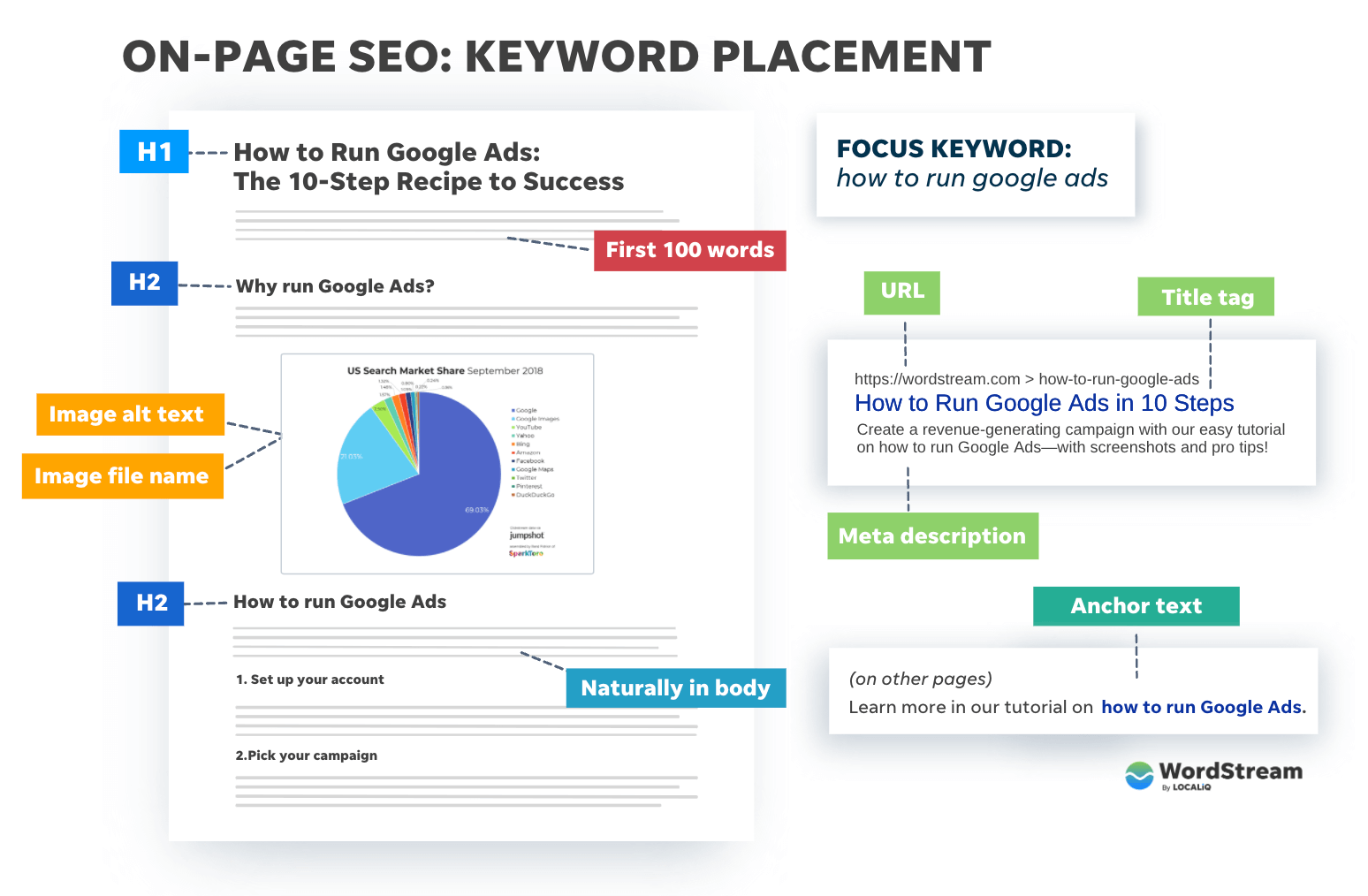Revealing the Effect of Second Dimension in Google Analytics on Data Evaluation and Insights
In the realm of data analytics, the usage of second dimensions within Google Analytics has emerged as a pivotal device for drawing out deeper insights and unraveling complex patterns that might otherwise continue to be obscured. By peeling off back the layers of main information collections, secondary measurements supply a nuanced point of view that enriches the understanding of customer behavior, internet site efficiency, and the efficiency of marketing strategies. The true impact and untapped possibility of second measurements are often underestimated, outweighed by the appeal of main metrics. As we browse through the intricate landscape of information evaluation, the value of secondary measurements becomes progressively apparent, clarifying vital details that hold the trick to informed decision-making and strategic optimizations.
Checking Out the Principle of Second Dimensions
Additional dimensions in Google Analytics supply extra insights by enabling individuals to examine key data in combination with an additional quality. By including additional dimensions, users can dive much deeper right into the information and uncover important connections that could otherwise go unnoticed - what is a secondary dimension in google analytics.
By exploring the various additional measurements readily available in Google Analytics, users can unlock new insights and enhance their electronic advertising initiatives. In essence, additional dimensions serve as an effective device for boosting information evaluation and driving actionable results.
Enhancing Information Analysis With Additional Measurements
Having actually developed the foundational understanding of additional measurements in Google Analytics and their crucial function in information evaluation, the emphasis now shifts towards leveraging these additional qualities to boost the interpretation of analytics data (what is a secondary dimension in google analytics). By integrating secondary measurements into data analysis, experts can get much deeper insights into individual habits, web site efficiency, and marketing effectiveness

In addition, second dimensions aid in contextualizing primary information metrics by offering extra layers of details. This contextualization aids in recognizing the 'why' behind the information fads, helping analysts make educated choices and optimizations to improve overall performance. Ultimately, integrating second dimensions improves the data interpretation process, resulting in more meaningful insights and calculated actions.
Discovering Hidden Insights Via Secondary Measurements
Exploring the depths of analytics information with secondary dimensions reveals valuable understandings that would or else remain obscured. By integrating additional dimensions in Google Analytics, businesses can uncover concealed patterns, trends, and connections that give an even more comprehensive understanding of customer actions and site efficiency. These extra layers of information permit experts to dig much deeper right into the primary dimensions, such as traffic sources or landing pages, and obtain a much more nuanced perspective on exactly how various variables connect with each why not check here various other.
Through using secondary dimensions, experts can sector and compare information throughout different measurements, enabling them to determine certain elements that affect individual engagement, conversion prices, and general success metrics. By pairing the primary dimension of 'device category' with the second dimension of 'age team,' online marketers can identify which age demographics choose accessing the web site via mobile devices versus desktop computers. This degree of granularity empowers businesses to make data-driven choices and enhance their techniques for far better outcomes. Inevitably, revealing hidden understandings through second measurements improves the depth and precision of data evaluation, leading to more informed decision-making and enhanced performance outcomes.
Leveraging Secondary Dimensions for Actionable Analytics
Building upon the insights revealed with secondary dimensions in Google Analytics, companies can now harness this enriched data landscape to drive actionable analytics and tactical decision-making. By leveraging secondary dimensions, companies can dig deeper into their information to extract valuable patterns, patterns, and relationships that might have previously gone undetected. This deeper level of analysis allows businesses to obtain an extra thorough understanding of user behavior, campaign efficiency, and general internet site performance.
One trick benefit of making use of secondary measurements for actionable analytics is the ability to segment data based on specific criteria. This division enables businesses to tailor their campaigns and techniques to different audience groups, causing a lot more targeted and efficient advertising efforts - what is a secondary dimension in google analytics. Furthermore, second dimensions provide an even more alternative sight of customer interactions, allowing companies to enhance their web site web content, style, and total customer experience
Taking Full Advantage Of Decision-Making With Secondary Dimensions
To boost tactical decision-making in analytics, leveraging secondary measurements in Google Analytics can give a more nuanced point of view on customer behavior and project performance. By incorporating second measurements right into information analysis, companies can dive much deeper into the specifics of their website visitors' interactions and interaction patterns. This additional layer of information permits an extra extensive understanding of how various variables, such as demographics, tools, or traffic resources, impact crucial efficiency signs.
 browse this site in google analytics
browse this site in google analytics"/>
Final Thought
To conclude, using second measurements in Google Analytics plays an important role in improving data analysis and uncovering concealed understandings. By exploring this concept, one can gain a much deeper understanding of user behavior and make informed choices based upon workable analytics. Leveraging secondary dimensions permits for an extra comprehensive interpretation of information and makes the most of the efficiency of decision-making processes.
